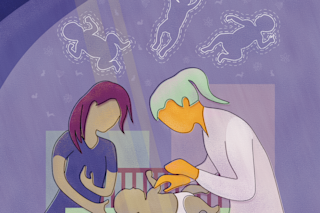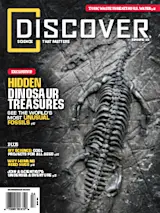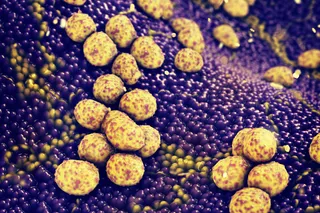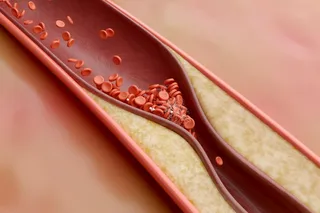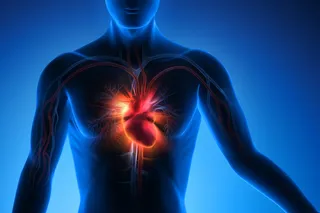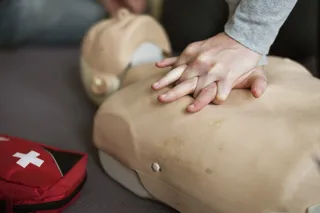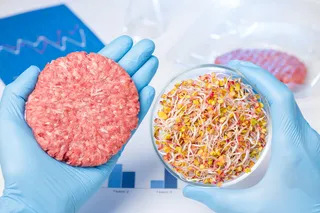This story was originally published in our March/April 2022 issue. Click here to subscribe to read more stories like this one.
The tiny and rosy 6-day-old girl moved strangely on the bed, like an awkward teen at her first school dance. Her arms jerked rhythmically, twisting the soft bunny-and-flower-print blanket surrounding her.
“Sophie has been making these funny movements for a few days,” her mother told me. Newborns commonly make odd, sudden movements; they usually turn out to be normal startle reflexes or benign sleep behaviors. But this mother had four other children, and she was sure none of her other babies had ever moved like this. She shared several videos of her daughter she had recorded at home. All concerned me — they looked more like seizures than anything we pediatricians expect with normal baby wriggling.
Seizures in infants are often the sign of something worrisome, including infection, trauma ...


